Detroit’s inner-ring suburbs are seeing a real estate renaissance. According to newly released property assessment data, home values in several of these communities have surged by double digits over the past year. This trend is turning heads across Metro Detroit. Homeowners in the city of Detroit itself gained an astonishing $1.4 billion in new home equity in 2024, marking one of the largest single-year gains in the city’s history. What’s fueling this rapid rise in residential values, especially in the older inner-ring suburbs that hug the Motor City’s border? Let’s dig into the data and the driving forces behind this boom.

New Assessment Data Shows Surging Home Values in Inner-Ring Suburbs
Recent assessment figures confirm what many house-hunters and homeowners are already sensing – property values are climbing fast in Detroit and its close-in suburbs. Nearly 99% of Detroit’s neighborhoods saw increases in home values last year, and the inner suburbs are sharing in that prosperity. In fact, some of the biggest year-over-year jumps in home values from 2024 to 2025 were recorded in historically modest-priced enclaves just outside Detroit’s city limits.
- Inkster – up 22.4% year-over-year, the single highest increase in the region. This small Wayne County city west of Detroit led the pack in value gains.
- River Rouge – up 17.1%, a strong surge for this Downriver community.
- Detroit (city) – up 16.3% on average, reflecting major appreciation in the city’s housing stock. Detroit homeowners saw nearly a 19% rise in average home values in 2024, a huge jump by any measure.
- Hazel Park – double-digit increase (the fastest-rising in Oakland County). Hazel Park’s mayor noted that in 2024 the city “led every city in Oakland County in increased residential property values.”
- Mount Clemens – significant increase. The Macomb County seat, an older city, was among those with the biggest gains in home values last year.
- Milford Township & Lyon Township – substantial jumps. These outer Oakland County townships aren’t “inner-ring,” but they saw some of the region’s largest increases too, thanks in part to a boom in new home construction (more on that later).
To put these numbers in perspective, many higher-priced or farther-out suburbs saw much smaller changes. For example, affluent communities saw minimal growth – places like Novi Township, Pleasant Ridge, and Flat Rock had less than a 4% increase in home values. In other words, the hottest growth is happening in areas that historically had lower home prices. It’s a dramatic turnaround for some beleaguered neighborhoods.
Why are these inner-ring suburbs and certain outlying areas leading the charge? The assessment data suggests a pattern: communities that were hit hardest by past economic downturns are now rebounding the strongest. “Communities that were hardest hit by the past recession showed the biggest increases in [home values],” officials note, pointing to places like Inkster, Melvindale, and Hamtramck posting double-digit gains as they recover. These areas had lots of ground to make up after values plummeted in the 2008 crash, and now buyers are rediscovering them as attractive and affordable options.
Meanwhile, county-wide trends underscore the inner-ring surge. In Wayne County (home to Detroit and many inner suburbs), the overall property value increase was around 7–8%, but the biggest jumps were in smaller cities like Inkster and River Rouge. In Oakland County, values also rose across the board – Oakland’s median home price is up about 4% year-over-year – yet the standout performer was Hazel Park, a working-class city of just 2.8 square miles that saw the county’s highest spike in values. And in Macomb County, home prices are up roughly 8–9% on median, with older communities like Mount Clemens and Center Line experiencing notable appreciation. Even Eastpointe, Roseville, and Ecorse – blue-collar suburbs that once saw stagnant prices – are now seeing renewed buyer interest and rising sale prices (for instance, the median sold price in Ecorse jumped 31.4% in one year).
The data paints a clear picture: Detroit’s inner-ring suburbs are hot. But data only tells half the story. To truly understand this trend, we need to explore why it’s happening. Several key factors are driving these rapid home value increases.
Why Are Home Values Rising? Key Factors Driving the Boom
Multiple forces are converging to push home prices up in Detroit’s inner-ring suburbs. It’s a perfect storm of economic and demographic trends, local revitalization efforts, and market dynamics. Here are the major reasons:
Affordable Alternatives Drawing Buyers (and Investors)
One big driver is affordability. Metro Detroit’s housing market has grown expensive in many areas, especially in the traditionally sought-after suburbs. By contrast, many inner-ring communities remained relatively affordable – and that’s now become a huge selling point. First-time homebuyers and investors alike are flocking to these lower-cost cities in search of deals and value potential. As Detroit and its close suburbs are still among the most affordable markets in the nation, they attract buyers who might be priced out elsewhere. In fact, Detroit’s overall affordability has “attracted both first-time homebuyers and real estate investors, contributing to steady demand.” This effect doesn’t stop at the city border – it spills into places like Hazel Park, Inkster, or Ecorse, where one can still find a house for well under the regional median price.
These inner-ring suburbs offer a chance to own a home at a lower price point while still being close to Detroit jobs, nightlife, and amenities. As nearby trendy areas (think Midtown or Ferndale) saw prices skyrocket in recent years, budget-conscious buyers set their sights one ring out. Hazel Park is a great example: just north of Detroit and adjacent to hip Ferndale, it used to be overlooked, but now is billed as an “up-and-coming community” primed to benefit from spillover redevelopment. Sure enough, young professionals and families who can’t afford Ferndale’s bidding wars have discovered Hazel Park’s bungalow-lined streets, driving up demand there. The same goes for Inkster, which lies near booming Dearborn and Westland – it’s becoming a target for those who find even those middle-tier markets out of reach.
Investors also see opportunity. Modest homes in working-class suburbs can be purchased relatively cheaply, fixed up, and either flipped or rented out for solid returns. With Detroit’s rental market remaining strong and relatively low vacancy rates, some investors are betting on inner-ring suburbs as the next frontier for affordable rentals or rehab-and-resale projects. The result? Increased competition for the limited number of homes for sale, which inevitably pushes prices higher.
Neighborhood Revitalization and New Construction
It’s not just bargain hunting driving the trend – real improvements on the ground are boosting home values. Many inner-ring suburbs are experiencing a wave of neighborhood revitalization, civic investment, and even new construction, which make them more desirable places to live.
For instance, Hazel Park’s leadership has aggressively pursued grants to fix up parks and infrastructure, and they updated zoning laws to encourage more diverse housing (like duplexes and cottages) to fill in vacant lots. This past year, dozens of new homes and a 54-unit condo development were built in Hazel Park – a big deal for a small city. “Vacant residential lots are in high demand by developers,” the city reports, as builders scramble to add housing in a now-hot market. New houses and condos not only add to the housing stock; they also signal confidence in the community’s future, attracting more buyers. Similar stories are playing out in other areas: in Detroit’s city neighborhoods, blighted homes are being renovated and new infill housing is going up, contributing to higher assessed values on entire blocks.
Downriver in River Rouge and Ecorse, there’s been a push to clean up waterfront industrial sites and revitalize main streets. As these historically industrial communities invest in removing blight and improving public spaces, they become more appealing to homebuyers. Neighborhoods that once struggled with abandonment are seeing a resurgence – for example, Wayne County noted that Inkster and Melvindale, after years of decline, are firmly on the upswing now. This kind of revitalization translates directly into rising home prices: a cleaner, safer, more attractive neighborhood raises the value of all houses in it.
Meanwhile, new construction is booming in certain suburbs and townships, which also elevates property values. In outer Oakland County, “Commerce Township, Lyon Township, and Milford Township are spearheading a surge in housing developments,” issuing hundreds of permits for new homes in the past two years. Lyon Township (just a bit beyond the traditional inner-ring) has been one of Michigan’s fastest-growing communities, with new subdivisions attracting buyers from across the region. These brand-new homes, often selling at premium prices, help lift the overall market value of those areas. Even within Detroit’s inner-ring, if you drive through places like Center Line or Oak Park, you’ll spot the occasional new build or fully renovated home popping up where a vacant lot or run-down house once stood – small signs of an evolving market that boost surrounding values.
In short, many inner-ring suburbs are shedding past reputations and offering a refreshed living experience. New parks, renovated downtowns, modern home construction, and ambitious community plans are changing the narrative from decline to growth. As a result, buyers are increasingly confident about investing in these areas, which pushes prices higher.
.png)
Limited Housing Supply Meets Pent-Up Demand
Another crucial factor: simple supply and demand. Metro Detroit has been facing a housing inventory crunch, and these inner suburbs are no exception. There are more people who want to buy homes than there are homes available for sale, especially at affordable price points – and that imbalance is driving bidding wars and rapid price increases.
The numbers tell the story. This spring, “new listings in Metro Detroit [were] down by double digits compared to last year,” meaning far fewer homes are hitting the market. Many would-be sellers are holding off, especially those sitting on ultra-low mortgage rates from a few years ago who don’t want to trade them in. The result is a shrinking pool of homes for a growing pool of buyers. Metro Detroit home sales actually fell about 14% in early 2025 simply because there weren’t enough homes to buy, yet prices kept climbing because demand still outstripped supply.
This shortage is even more pronounced in the lower-price segments. In Detroit, for example, homes under $100,000 are snapped up almost as soon as they’re listed. The same is true in suburbs like Redford, Inkster, or Center Line, where a limited number of entry-level homes are on the market at any given time. “Detroit faces a persistent inventory shortage, with active listings hovering around 3,200 homes, about a 6% decline from the previous year,” one market analysis notes. Tight inventory creates a seller’s market: well-priced homes in these neighborhoods often see multiple offers, driving the final sale price above asking. It’s not uncommon now for a cute starter home in Hazel Park or a mid-century bungalow in Eastpointe to attract a bidding war among young buyers – something that would have seemed unlikely a decade ago.
Additionally, many inner-ring homeowners are long-term residents (often older folks or families who’ve been in the same house for decades) and they aren’t moving out in large numbers. This further limits turnover. In some inner suburbs, new housing construction isn’t keeping up with the demand either – there are only so many vacant lots or infill opportunities. So when a move-in-ready house does hit the market, everyone from individual buyers to real estate investors pounces, and the competition pushes values higher.
In essence, low inventory + high demand = rising prices. Until more people decide to sell, or more homes are built, this dynamic will likely keep propelling home values upward in these communities.
Bouncing Back from the Great Recession
There’s also a historical catch-up effect at play. Detroit’s inner-ring suburbs were hit hard by the Great Recession and foreclosure crisis in 2008–2012. Home values in many of these working-class towns plummeted and languished at rock-bottom for years. Only in the last several years have they begun a steady climb out of that hole – and now they’re accelerating.
Think of cities like River Rouge, Ecorse, or Lincoln Park: a decade ago, they had numerous foreclosed homes selling for peanuts, and buyers with means largely stayed away. Now, after years of very low prices, the only direction left was up. As the broader economy improved and Detroit’s comeback story took shape, these “forgotten” suburbs started drawing interest again, and values began to normalize. In some respects, the recent double-digit increases are these markets finally catching up to where they perhaps should have been absent the recession’s battering.
Officials acknowledge this rebound effect. Wayne County’s equalization report observed that the biggest assessment increases were often in communities that suffered the most during the last recession. Places like Inkster and Melvindale had extremely depressed values ten years ago; their 16–22% leaps now reflect a vigorous rebound from those lows. It’s like a rubber band snapping back. Similarly, Hazel Park’s rise can be partly attributed to how far it had fallen – back in the early 2010s, you could buy a house there for under $50,000. Those days are gone; the city’s investments and the natural market cycle have corrected prices upward.
Importantly, Detroit’s own turnaround is lifting nearby suburbs. As Detroit stabilizes its neighborhoods (through blight removal, improved services, and attracting new residents), that confidence spills over city limits. Buyers who are bullish on Detroit often look at close-by suburbs as part of the same renaissance. For example, as downtown/midtown Detroit flourished, nearby communities like Highland Park (within the city) and Hamtramck (enclave city) saw improvements and rising prices (Hamtramck’s assessments up ~12.5%). Now that trend is radiating further out to places just beyond the city border.
In short, the rapid appreciation is a sign of recovery. These communities are regaining value that was lost in years past, and in many cases are just now surpassing their pre-2008 price levels. For longtime residents, it’s a relief to see their biggest asset regain value. For new buyers, it’s affirmation that these areas are on an upward trajectory.
County-by-County Highlights: Wayne, Oakland, and Macomb
To get a complete picture, let’s quickly break down the trends by county across Metro Detroit’s core:
- Wayne County (Detroit and Downriver/Suburbs): Overall, Wayne County’s residential property values rose around 7–8% in the latest assessments, reflecting a healthy market. But the standouts were Wayne’s inner-ring cities. We’ve noted Inkster’s ~22% leap and Detroit’s ~16% gain. Add to that River Rouge’s 17% and Melvindale’s ~16% jump, plus double-digit growth in Hamtramck and Lincoln Park. Even the more stable communities like Dearborn and Trenton saw 10–11% increases. Clearly, Wayne County’s comeback is being led by its previously undervalued areas. Meanwhile, farther-out Wayne County suburbs (and wealthier enclaves like Grosse Pointe) saw more modest upticks. Ecorse, another Downriver city, deserves a mention as well – its housing market showed signs of heating up, with median sale prices reportedly up over 30% year-on-year. Wayne County officials are enthusiastic, saying this broad value growth “keeps Wayne County in the forefront of Michigan counties” for market recovery.
- Oakland County: Michigan’s wealthiest county by income, Oakland didn’t see runaway price growth everywhere – but pockets of it sure did. The county average was a moderate ~4% rise in median sale price as of early 2025. However, Hazel Park led the charge with the highest increase in Oakland’s assessments, thanks to its affordability and newfound popularity. Other inner-ring Oakland communities like Oak Park and Ferndale continued to climb too (though at single-digit rates, since they had already appreciated a lot in prior years). Interestingly, Oakland’s far outskirts saw big growth due to new builds: Lyon Township and Milford Township were among the region’s top gainers. These townships issued hundreds of building permits recently, which indicates people are flocking there for new housing. On the flip side, some affluent Oakland areas (Birmingham, Bloomfield Hills) saw relatively small percent increases – their home values were already high, so there’s less room for explosive growth. The takeaway for Oakland: lower-priced markets (Hazel Park, etc.) and growth corridors in the exurbs outperformed the traditional luxury markets in percentage gains.
- Macomb County: Long seen as a more blue-collar region, Macomb’s housing market is humming along strongly. In March 2025, Macomb County’s median home price was up about 8.6% year-over-year (reaching roughly $278,000), outpacing both Oakland and the national average. Part of this is because Macomb homes are generally cheaper than Oakland’s, so they have more room to rise. South Macomb inner-ring suburbs bordering Detroit, like Eastpointe (formerly East Detroit) and Warren’s southern neighborhoods, have seen steady appreciation as buyers seek affordable options. We saw Mount Clemens (an older city in Macomb) included among the biggest gainers, signaling renewed interest in its historic homes and downtown. Center Line, a tiny city landlocked by Warren, also saw values climb notably – it’s benefiting from being a small, affordable haven amid a hot market. And let’s not forget Macomb’s big suburbs: places like Sterling Heights and Clinton Township, which still offer relatively moderate prices, are getting multiple offers on listings and pushing values upward. In summary, Macomb’s market is healthy and rising, with lower-priced cities experiencing the sharpest hikes.
Across all three counties, a common theme emerges: affordable communities are having their moment. The inner-ring suburbs of Detroit – whether in Wayne, Oakland, or Macomb – were once synonymous with decline or simply overshadowed by tonier towns. Today, they’re some of the fastest-appreciating real estate in Michigan.
.png)
What It Means for Residents and Buyers
For homeowners in Detroit’s inner-ring suburbs, these rapid rises in value are mostly welcome news. After years (or decades) of slow growth, your home equity is finally growing fast. That can open up opportunities: you might consider tapping equity for improvements, or simply enjoy the financial security of a more valuable asset. However, higher assessments can also mean higher property taxes – albeit with limits. (Thanks to Michigan’s laws, if you’ve owned your home through the last year, your taxable value increase is capped at about 3.1% for 2025, so you won’t get a fifteen-percent tax hike in one go!). Still, it’s wise to review your new assessment notice. Make sure your home’s assessed value seems accurate, and if not, you have the right to appeal. In many of these cities, assessment increases simply reflect true market values catching up, but every homeowner should stay informed and ensure they’re being taxed fairly.
For prospective homebuyers, the surge in these communities is a double-edged sword. On one hand, it signals that neighborhoods once considered risky are now safer bets with upside potential. Buying in a rising market can be a smart move – your investment could continue to grow. On the other hand, the window of ultra-cheap deals in places like Hazel Park or River Rouge is closing. Competition is heating up: be prepared to act quickly and put in strong offers, because well-priced homes in these inner-ring suburbs are not lasting long on the market. Do your homework on up-and-coming areas – you might still find relative bargains, but you’ll likely be bidding against other eager buyers. If you’re a first-time buyer, don’t be discouraged by the frenzy; instead, get pre-approved for a mortgage and stay flexible on location. Great opportunities still exist in Metro Detroit’s inner circle, especially if you’re open to homes that need a little TLC (plenty of older houses are being fixed up). Consider expanding your search to the very places that are now booming – just a couple years ago, they were overlooked, and today they’re hotspots for a reason.
For community stakeholders and local leaders, the rapid rise in home values is a validation of your efforts but also a call to remain proactive. Rising values can revitalize a city’s finances (larger tax base, more stable neighborhoods), but they also bring challenges around housing affordability and gentrification. City officials should continue programs that have spurred this growth – like housing rehab grants, blight removal, and supportive zoning for new housing – while also ensuring longtime residents aren’t displaced or overburdened by costs. Engaging the community in planning will be key. The goal should be to sustain the positive momentum: attract new residents and businesses (which many of these suburbs are now doing), improve services and schools, and preserve the character that made these towns appealing in the first place. The fact that families and investors are reinvesting in Detroit’s inner-ring suburbs is a golden opportunity to strengthen these communities for the long haul.
Detroit and its inner-ring suburbs are experiencing a remarkable upswing in home values, driven by affordability, renewal, and tight supply. It’s a comeback story writ large across modest city streets and long-neglected neighborhoods. Whether you’re a homeowner enjoying newfound equity, a buyer on the hunt for an undervalued gem, or a local official planning for the future, now is the time to engage with these changes. Stay informed about your local housing market and get involved in your community’s development. Rising home values can build personal wealth and community vibrancy – and with smart choices, everyone can share in the benefits of this Metro Detroit resurgence. Now is a prime moment to take action, be it safeguarding your investment, jumping into homeownership, or helping shape the growth of your neighborhood. The renaissance of Detroit’s inner-ring suburbs is underway – and it’s an exciting ride for all who call Metro Detroit home.
DON'T KEEP US A SECRET - SHARE WITH A FRIEND OR ON SOCIAL MEDIA!
THINKING OF MOVING TO Metro Detroit, OR LOOKING TO RELOCATE IN THE AREA? VIEW A LIST OF CURRENT HOMES FOR SALE BELOW.
Metro Detroit Homes for Sale
The Perna Team and Michael Perna are the best real estate agents in Metro Detroit and Ann Arbor. The Perna Team and Michael Perna have been hired as a real estate agent by hundreds of home owners to sell their homes in Metro Detroit and Ann Arbor.
Posted by Michael Perna on
.94.png)



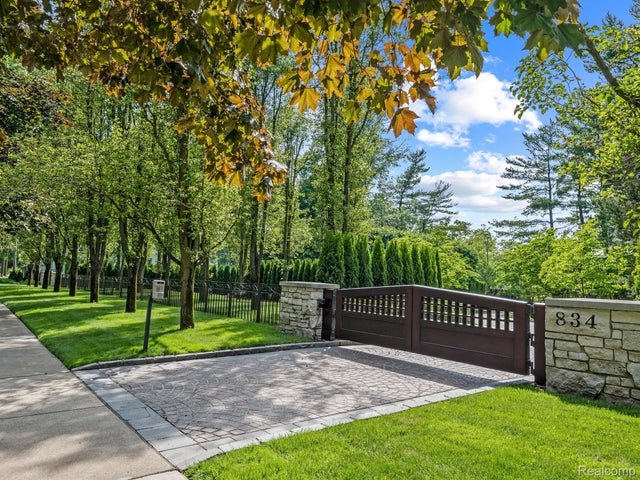
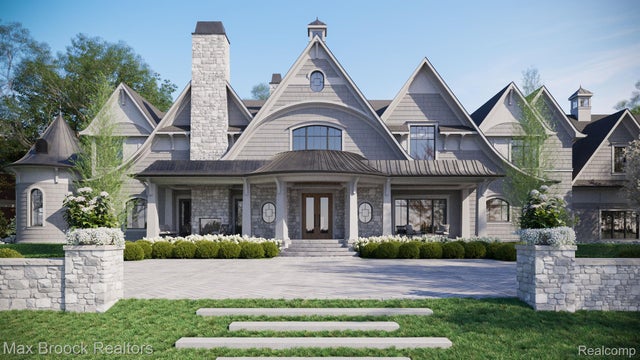
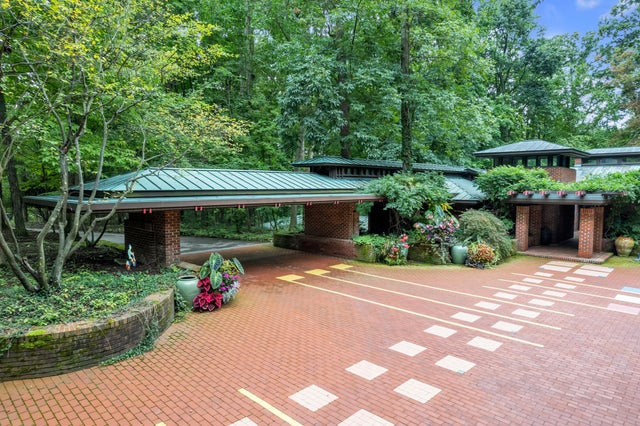
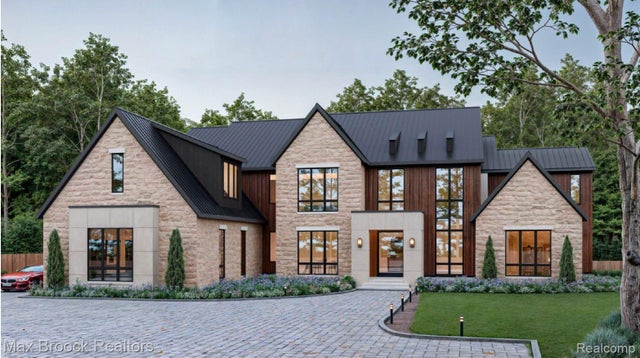
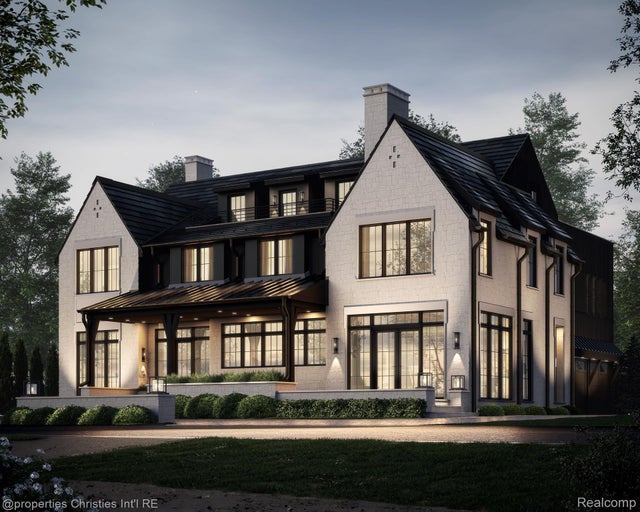
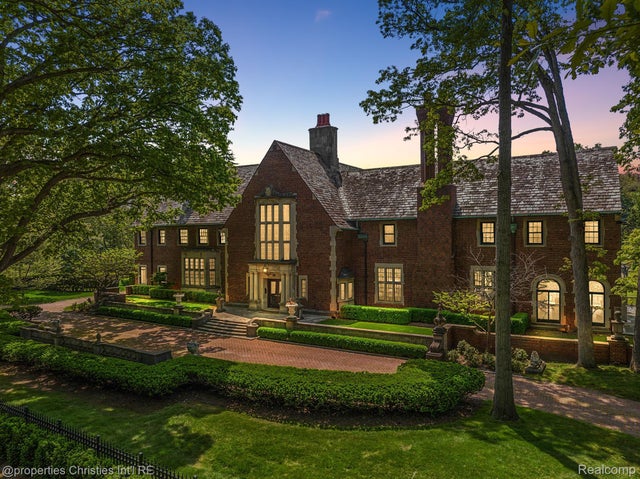
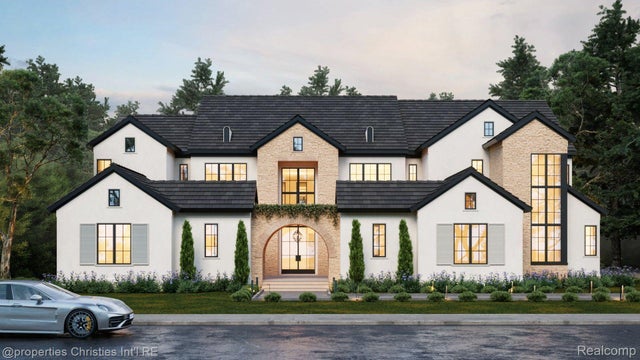
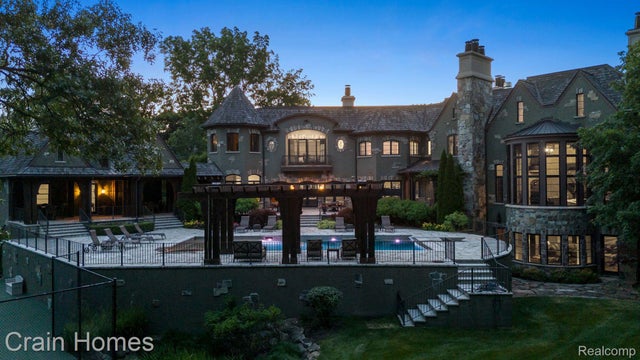
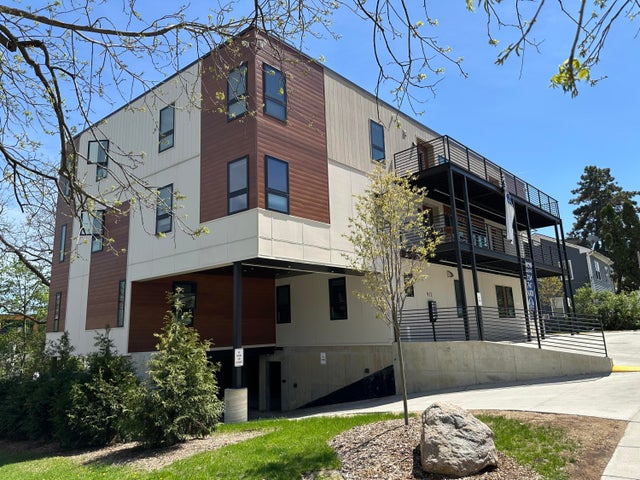
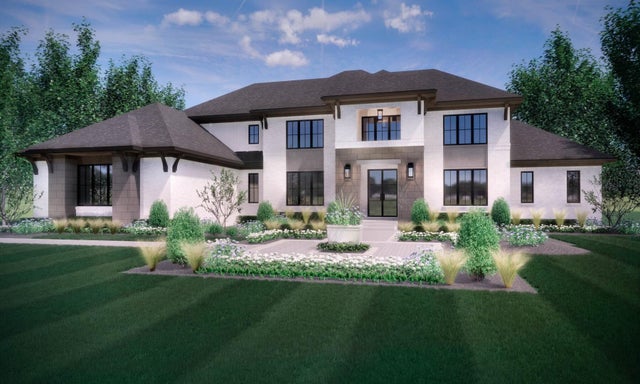
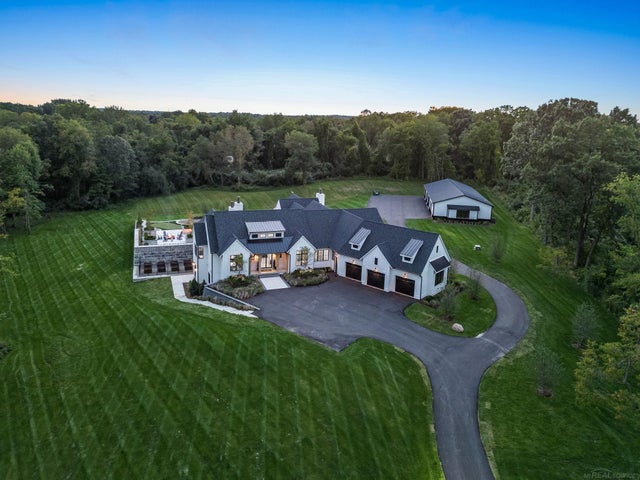
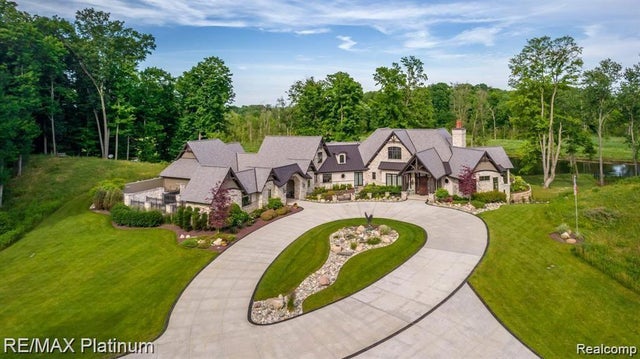
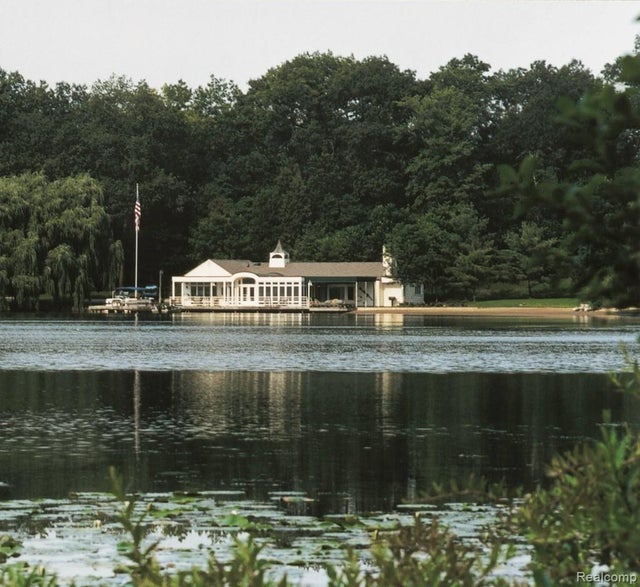
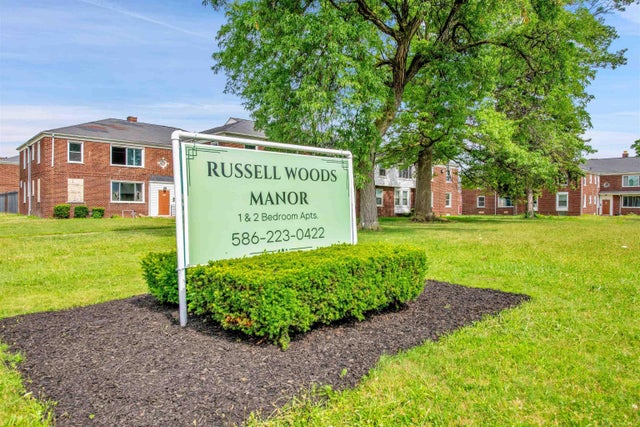
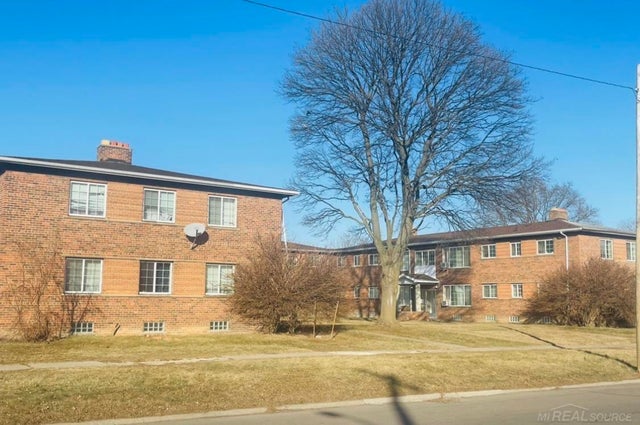

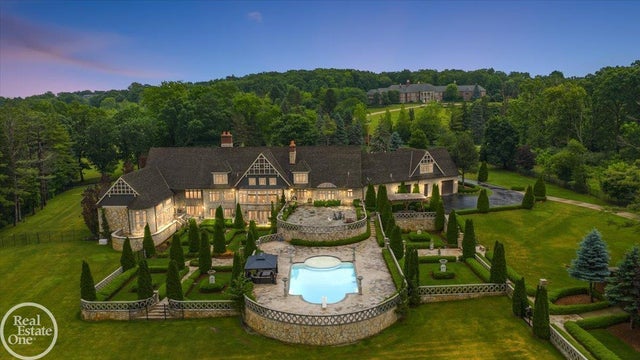
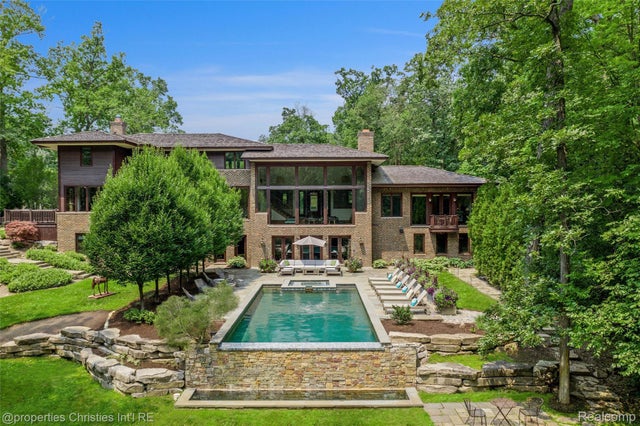
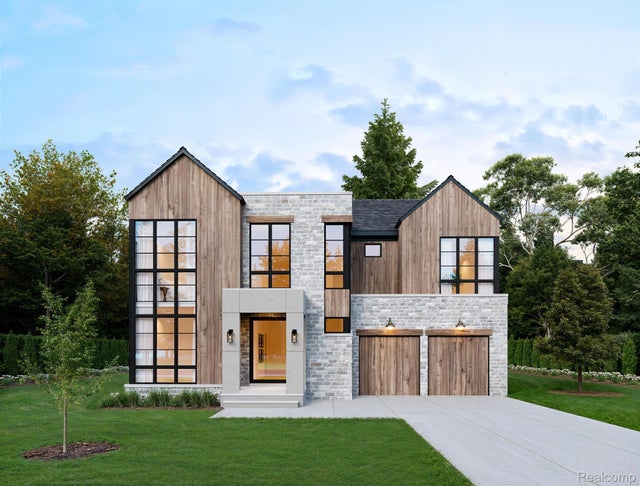
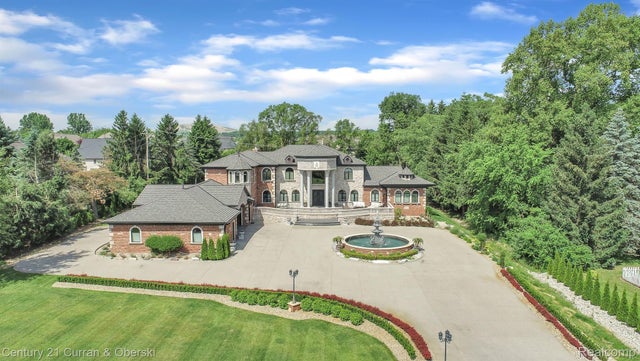
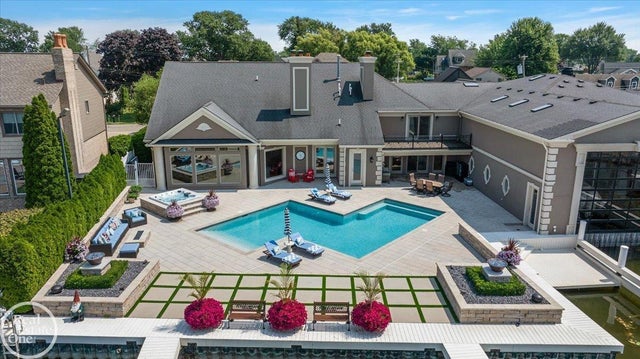
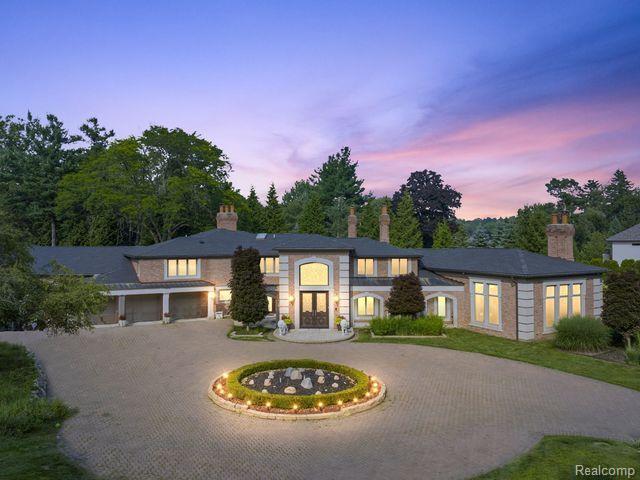
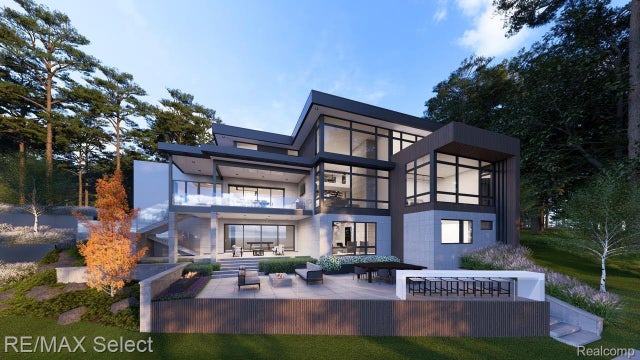
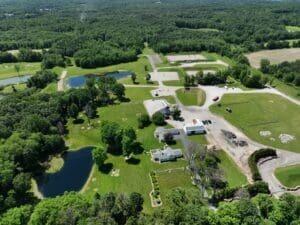
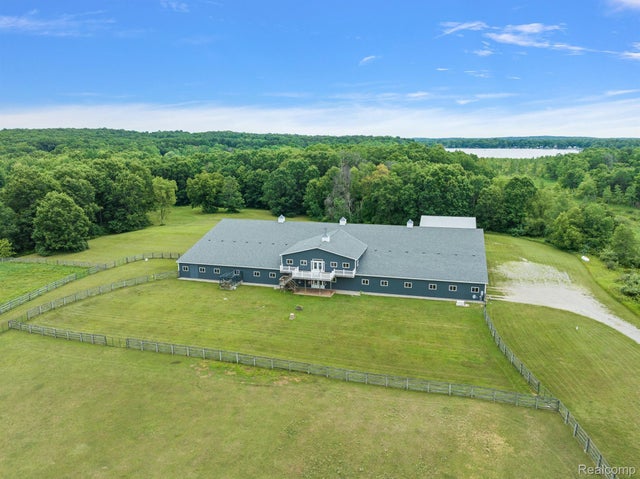
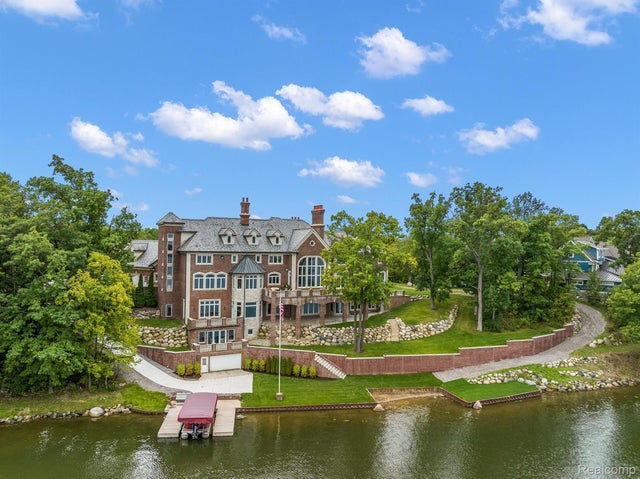
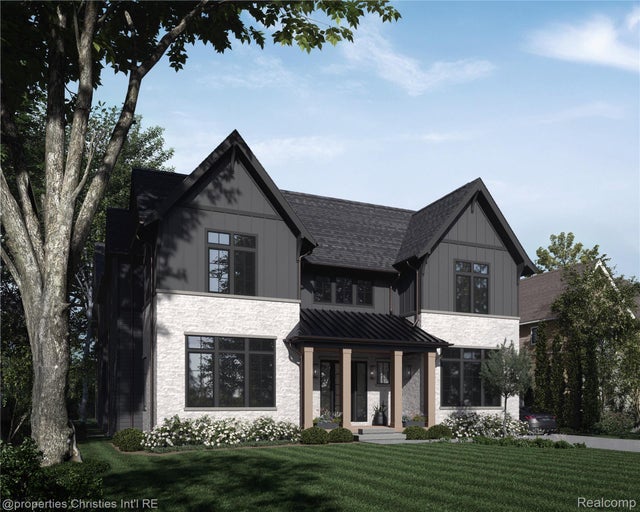
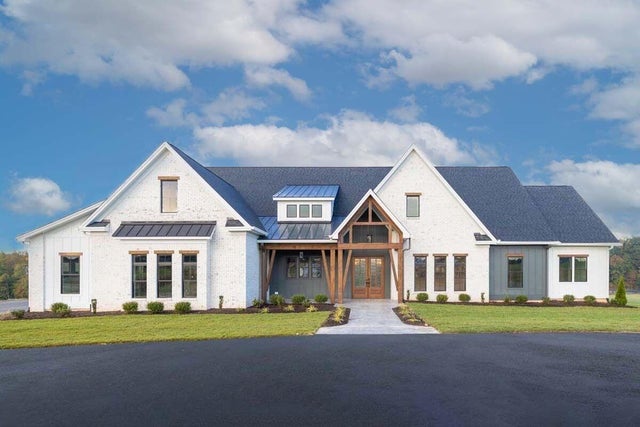
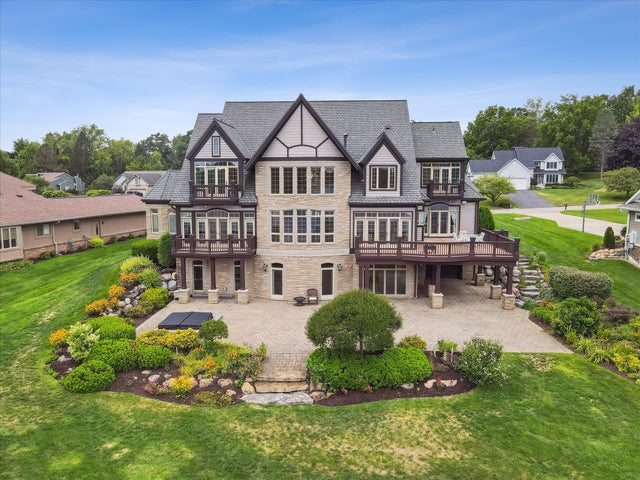
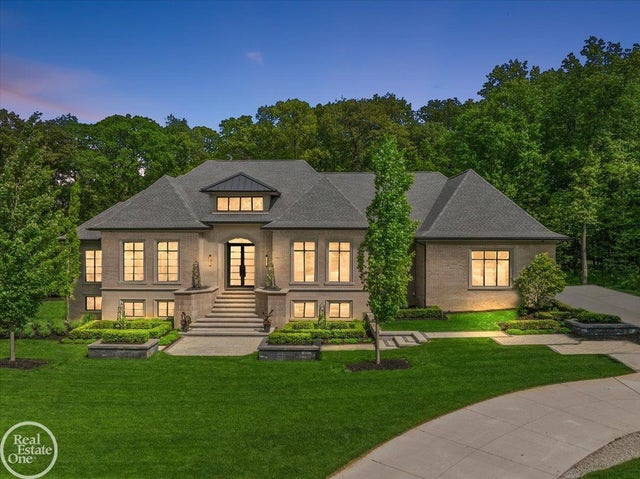
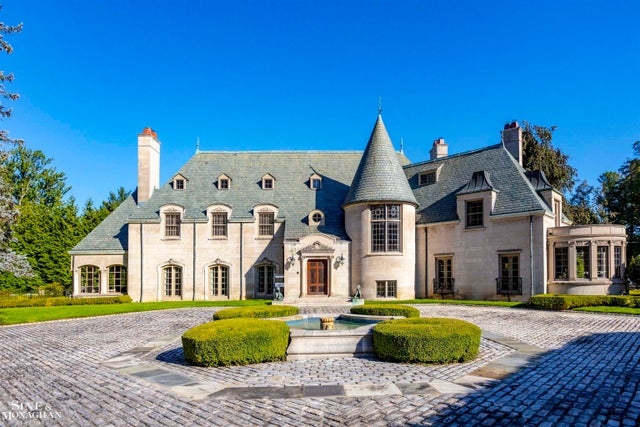
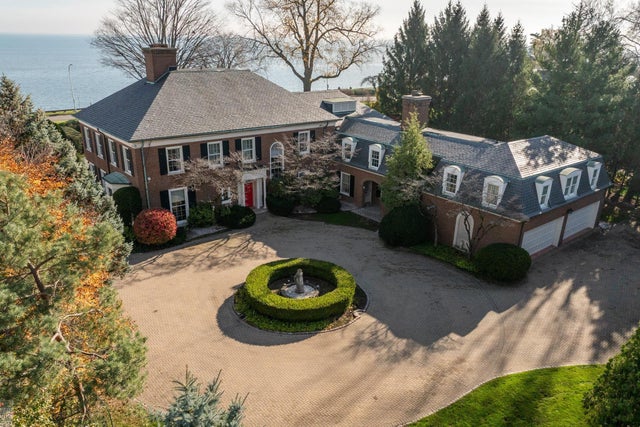
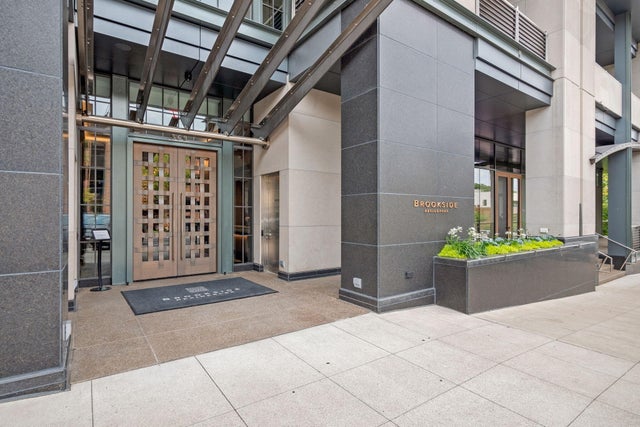
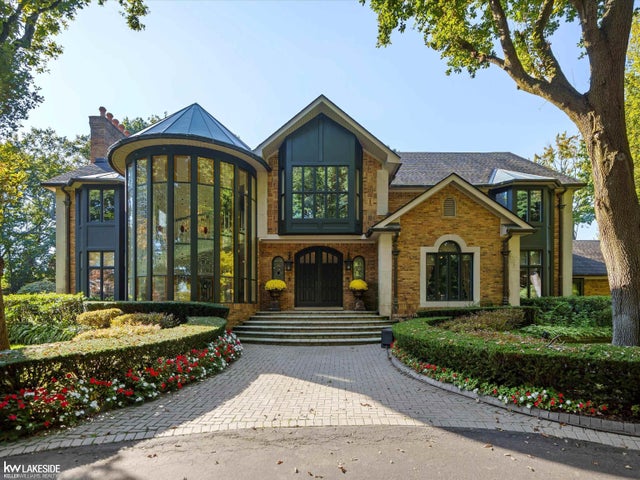
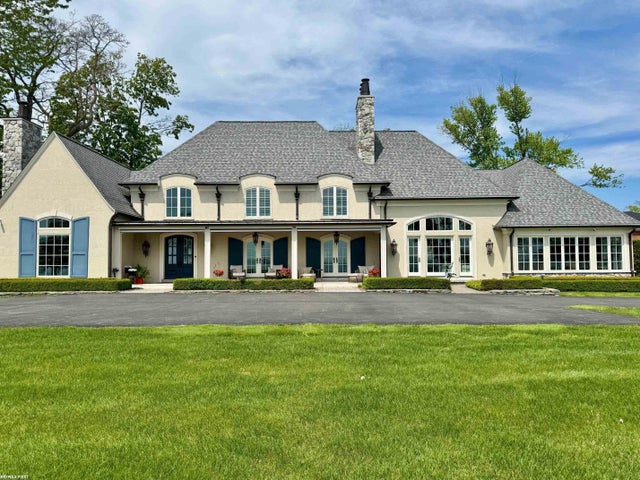
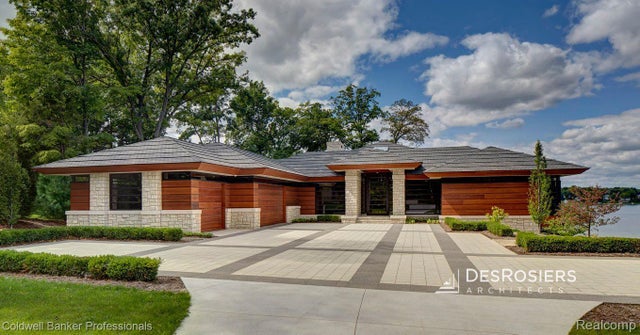
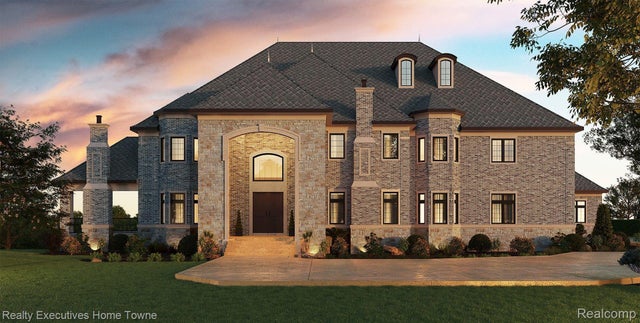
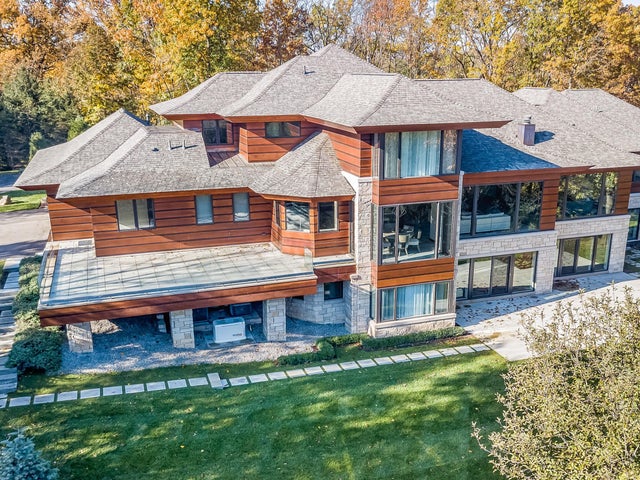
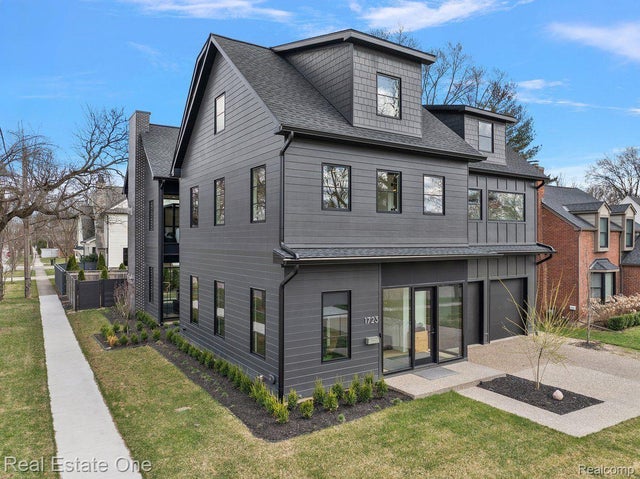
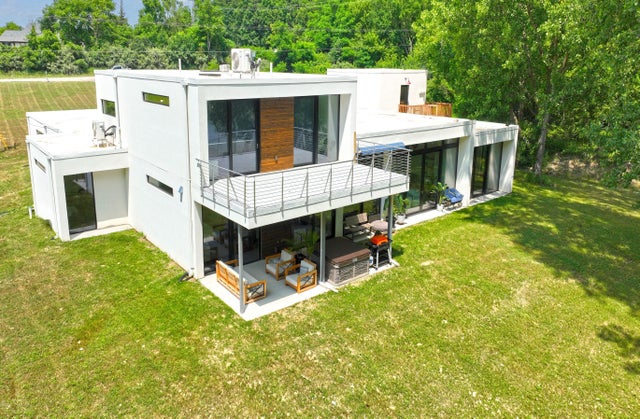

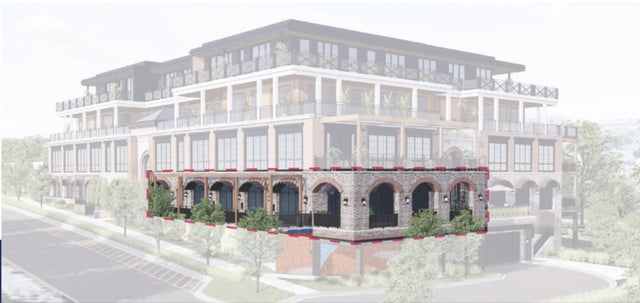
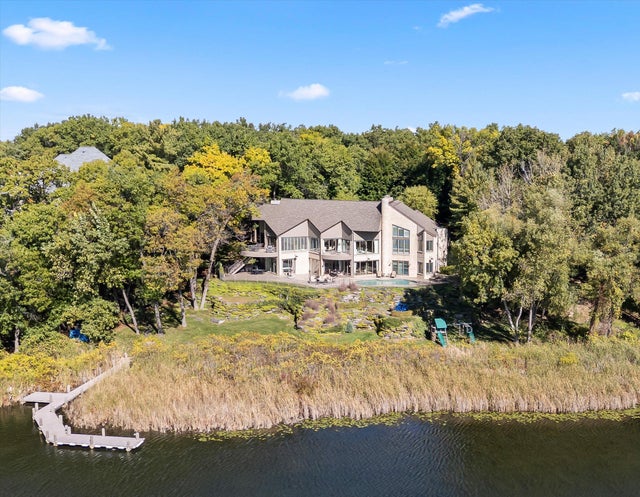
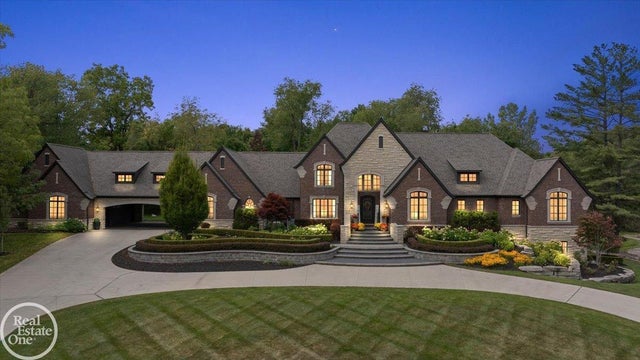
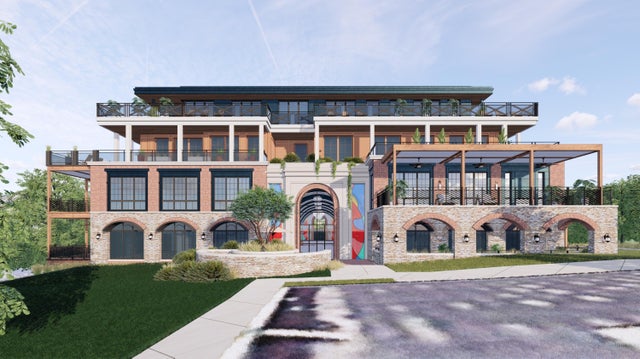
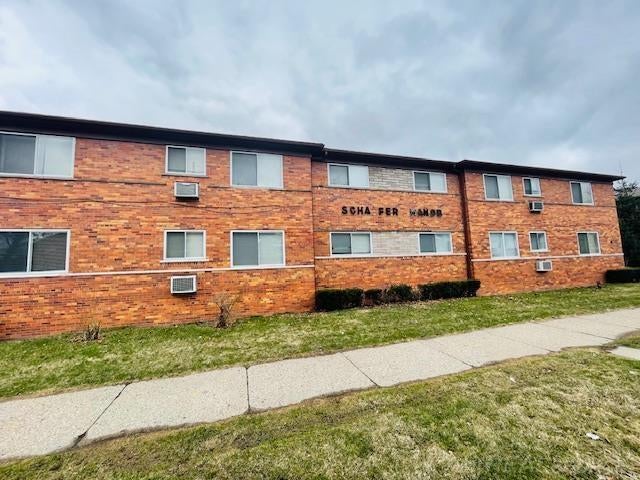
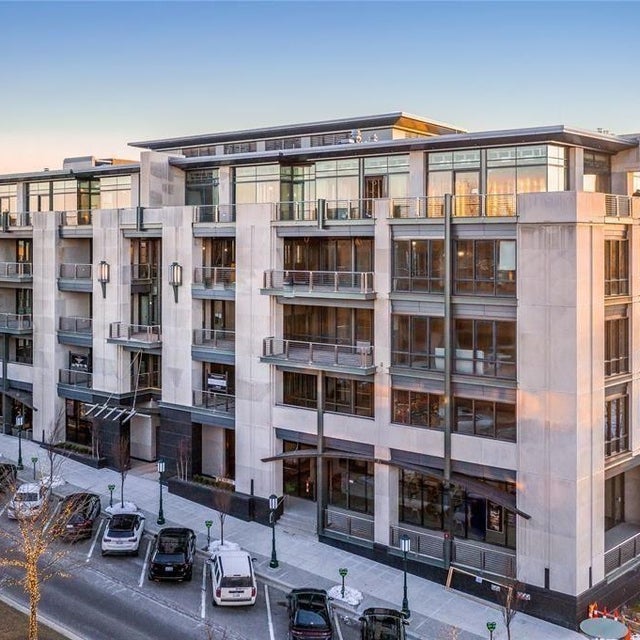
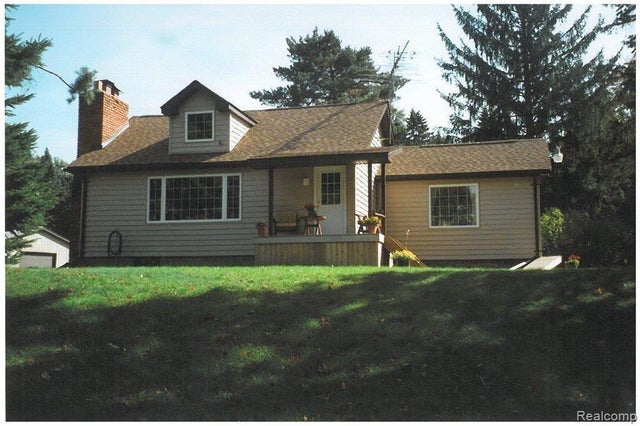
Leave A Comment